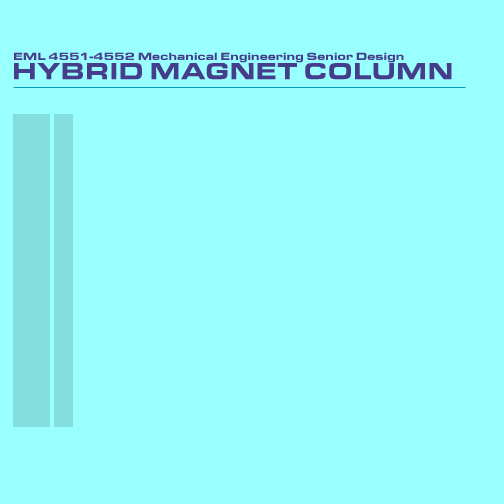Assembly of the column was the longest and most detailed process of the entire project. The process began with first visulizing the how all of the parts would fit together. At this time it was discovered that some of the parts did not fit together at all. These parts were remade and the assembly process was again able to continue.
Step 1: The Column
The column was the naturally the starting point for the assmbley process as every other piece was to be added on to it. The components of the column assembly consisted of two inside end caps, two reinforcement rings and a cylindrical tube. One of each of these parts was welded into the each end of the column. The inside end cap sits flush on a shoulder inside one end of the column and is welded into place. The welds here must be air tight. The next step is to insert the reinforcement rings into the end of the column. They will fit flush to the inside end cap and are tack welded to the column. The purpose of the reinforcement rings is to provide some compensation for the material lost to the helium flow holes at the end of the column.
 |
| Illustration of one end of the column. Shown here are the column, inside end cap, reinforcement ring, and outside endcap |
Step 2: Welding the Jacket
The diffusiong jacket was the next part to be incorporated into the column design. Before the welding could begin, the jacket had to be prepared. Aside from the natural cleaning, about 35 hose-clamps had to be wrapped and tightened all around the column. Each hose-clamp was tightended systematically along the length of the column as not to cause an uneven loading on the jacket to avoid distortion. The hose-clamps prevented the jacket from opening during the actual welding stage as the force needed to maintain edge contact was too great to apply by hand. Once the hose-clamps were applied, the one outside end cap was welded to the column. The diffusion jacket was mated with the outside end cap and welded together. The seam of the jacket was welded in stages by removing one hose-clamp and welding the area where it once occupied. This process was completed until all of the hose-clamps were removed. Argon was periodically pumped into the chambers of the column to displace the oxygen surrounding the welds. After all of the hose-clamps were removed, one long weld was performed to link all of the exisitng welds to provide an air tight chamber.
Step 3: The Flange, Helium Conduit (HC). and everthing else
Now that all of the basic components were welded to create the column, the next step was to attach the extras that would allow for the next phase of the project, testing. Several attachments had to be welded together before the were joined to the column. The upper part of the HC (which is composed of three parts)and the threaded transferline connector were first welded together. The upper part of the HC was first welded to the flange. Special areas called tree-pan grooves were prescribed into the flange during the machining process to facilitate the welds. The flange was then manuevered to sit flush with the top of the column and tack welded into place. The next part to be assembled, the bottom part of the HC, was welded to the bottom outside end cap and to the threaded transferline connector. The assmbly stage concluded with the a few tack welds to posistion a small stainless steel strip at the bottom of the column for a CERNOX sensor.
| home |
